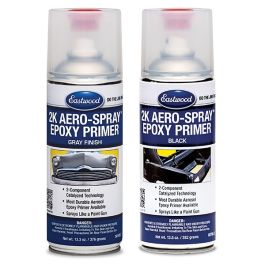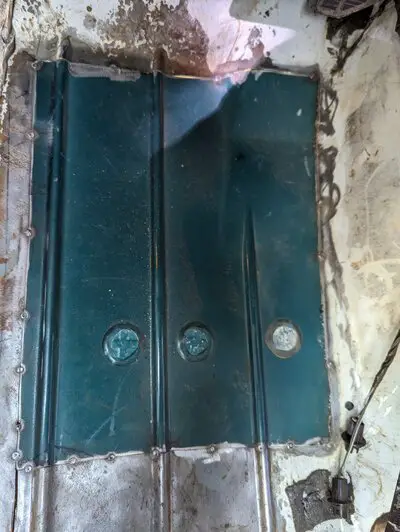I don't want to break your heart but if you weld, you're still gonna want to prime and put either seam sealer or a smear of fiberglass around the welds.
For the fiberglass, I buy it by the gallon but you can get quarts for $30-35.
You might try something like this for epoxy so you don't have to buy an entire quart, reducer and activator for one job.

 www.eastwood.com
www.eastwood.com
For the fiberglass, I buy it by the gallon but you can get quarts for $30-35.
You might try something like this for epoxy so you don't have to buy an entire quart, reducer and activator for one job.

Eastwood 2K AeroSpray™ Spray Paint Epoxy Primer Gray
Performance and Durability of a Two Component Coating without the Paint Gun



